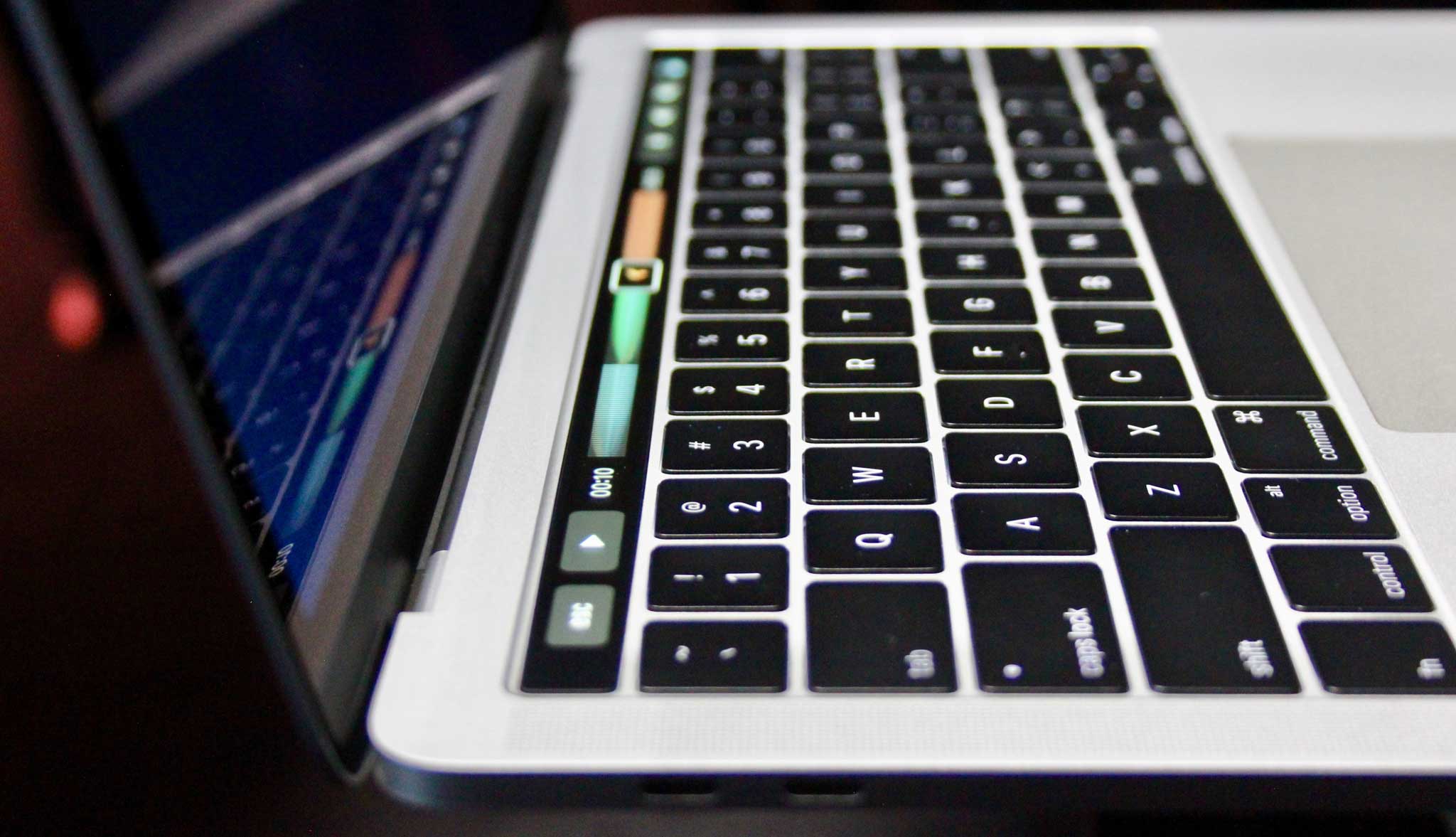
By Jason Snell
October 27, 2016 9:26 PM PT
Perpendicular philosophy
Note: This story has not been updated for several years.
This week highlighted the fundamental differences between the product philosophies of Apple and Microsoft. Neither philosophy is unreasonable, and both are rooted in rational decisions based on the strengths and weaknesses of their businesses.
Microsoft believes that traditional computer interfaces and modern mobile-device touchscreen interfaces should be melded together, blurring the lines between tablet and PC. This week’s introduction of the Surface Studio—think of an iMac that can be folded down onto your desk and used as a gigantic iPad—is perhaps the most impressive iteration of that belief to date.
Apple, in contrast, believes that touchscreen interfaces are great and computers are great and they’re not the same thing. Apple has steadfastly resisted adding touchscreens to the Mac, and when you ask the company’s executives why, they have been remarkably consistent on this point for the past few years.
What defines a computer, they’ll say, is that it’s made up of two perpendicular surfaces. There’s a vertical display surface, more or less up and down, right in front of you. And there’s a horizontal control surface—a table or desk or the base of a laptop—that you use for input and control. If you want a Mac, that’s what you get. If you want a touch-based device, get an iPad.
Seen through this philosophy, the new MacBook Pro and its Touch Bar interface fit perfectly. The Touch Bar brings the things Apple loves about touchscreen interfaces—customizability and support for multitouch—and adds it to the control surface of the Mac, right above the keyboard. It doesn’t break Apple’s definition of a computer at all, because it’s a new sort of touchscreen, and it’s part of the keyboard area, not the display area.
On Twitter today I saw several people, flush with the excitement of the Surface Studio announcement, mock the Adobe Photoshop demo at the MacBook Pro launch by suggesting that if the Adobe employee on stage had really wanted to make edits to her photo, she could’ve done it a lot better on a Surface screen rather than using a trackpad with one hand and the Touch Bar with the other.
Apple believes that those people are exactly wrong, that sticking your arms out to interact with the vertical surface is a terrible experience. And Apple believes that if you really do prefer a device that’s a touchscreen, you’d be better off with an iPad Pro.
Is Apple right? I really don’t know, though if I had to guess, I’d say that it’s not quite as black and white as that. I’m entirely sure that for some people, Microsoft’s approach—especially the Surface Studio and its drafting-table ergonomics—is the right one. I’m also sure that for other people, it’s completely wrong. (I’m repelled by it, but then, I am not a big fan of pen input in general!)
Microsoft’s belief is that PCs can take a little bit from column A and a little bit from column B and the result is a product that’s more flexible. Apple’s belief is that it should make the best product in column A and the best in column B, and that you can’t do either if you take a little bit from both. The downside of that is, if you want to do both with Apple products, you’ve now got to buy an iPad and a laptop.
So when we look at the MacBook Pro and the Touch Bar, we’re seeing a very Apple approach to the problem. The Touch Bar exists because Apple doesn’t believe that making the Mac’s display a touchscreen makes the Mac a better computer. Instead, Apple created a new kind of control surface, powered by a custom processor and with extensive additions to macOS to support both system controls and contextual commands in the Touch Bar.
I don’t know if the Touch Bar will be successful or not, or if it’s the right approach. I’ll really need to try it out for a while to make that call. But its existence is entirely consistent with Apple’s philosophy, which finds itself at a right angle from the one espoused by Microsoft.
If you appreciate articles like this one, support us by becoming a Six Colors subscriber. Subscribers get access to an exclusive podcast, members-only stories, and a special community.

